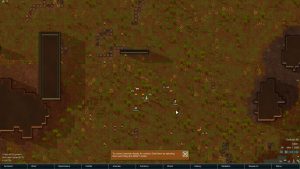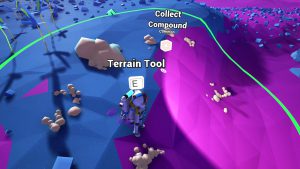Learning a new raid boss
During my ongoing literature review I often discover interesting facts about things I’ve never thought about. Sometimes I can connect these facts with my own observations: The result is mostly a completely new idea why things are as they are. Maybe these ideas are new to you, too. Therefore I’ll share my new science based knowledge with you!
This week: This time, I think about why learning a new boss fight has become a simple task for many World of Warcraft players.
One thing that always amazes me is a raid’s ability to learn and memorize the key characteristics and mechanics of a new raid boss within just a week. Raids are groups of people who teamed up in a Massively Multiplayer Online Role Playing Game (MMORPG) in order to collaboratively tackle the most challenging foes that mostly can be found in so-called raid instances.
Last week, „The Nighthold“, a new raid instance, opened in World of Warcraft and challenges players with 10 new boss fights of which each features a unique set of game mechanics. In addition, World of Warcraft, in the current version 7.1.5, offers raids the option to choose between three different difficulty levels: normal, heroic and mythic. While the raid size can scale from 10 to 30 players on normal and heroic, a mythic raid must consist of 20 players. Also, higher difficulty levels can add additional game mechanics to boss fights in order to make them more challenging.
For instance, the „Star Augur Etraeus“ boss features 25 different game mechanics on normal, 28 game mechanics on heroic, and 34 game mechanics on mythic difficulty. Of course, not all of the game mechanics are important for every player, but it is still critical to be aware of all of them in order to master a boss fight.
Currently, I am a member of a relatively casual raid that assembles twice a week for the purpose of experiencing the game’s content without having the clear ambition of beating the highest difficulty. During the first week, we managed to defeat 7 of the 10 bosses and were about to learn the 8th boss as the second raid evening came to an end. Now, in the second week since the release of The Nighthold, we managed to defeat all of the 8 bosses we saw in the first week during our first raid evening. That is quite an improvement!
The reason for this good improvement probably is twofold: on the one hand, most raid bosses reuse already known game mechanics; on the other hand, many good video guides got released and explain the boss fight mechanics in details. Although Blizzard Entertainment, the developers of World of Warcraft, try to challenge players with unique boss fights, most of the game mechanics can be reduced to a few main principles: do not stand in damage causing effects, eliminate additional enemies that join a boss fight as soon as possible, react accordingly when the boss applies a certain negative effect to you or a fellow raid member. Hence, instead of acquiring completely new knowledge, players are only required to generalize the game mechanics used in order to learn a new encounter. It only becomes difficult when a short reaction time is required as this is a human ability that has to be trained separately.
Also, in order to get a good basic understanding of a boss fight, many players watch video guides that explain a raid encounter in details thus providing them with all the knowledge needed before personally seeing the boss for the first time. However, this approach is a bit strange as it takes away most of the challenge of playing World of Warcraft.
In the end, learning a new boss fight rarely requires the acquisition of new knowledge. Instead, learning a new encounter requires players to apply their World of Warcraft experience gained over their whole gametime in order to classify the game mechanics. Therefore, learning new encounters is more of an iterative learning process that starts in the moment when a player starts playing the game for the first time.

